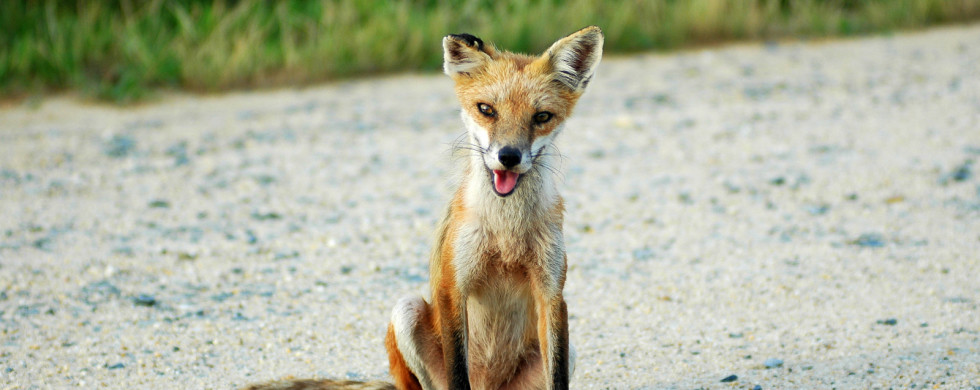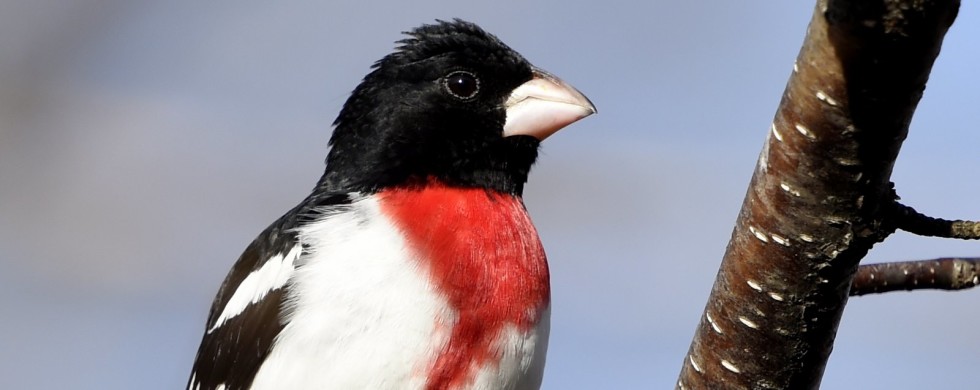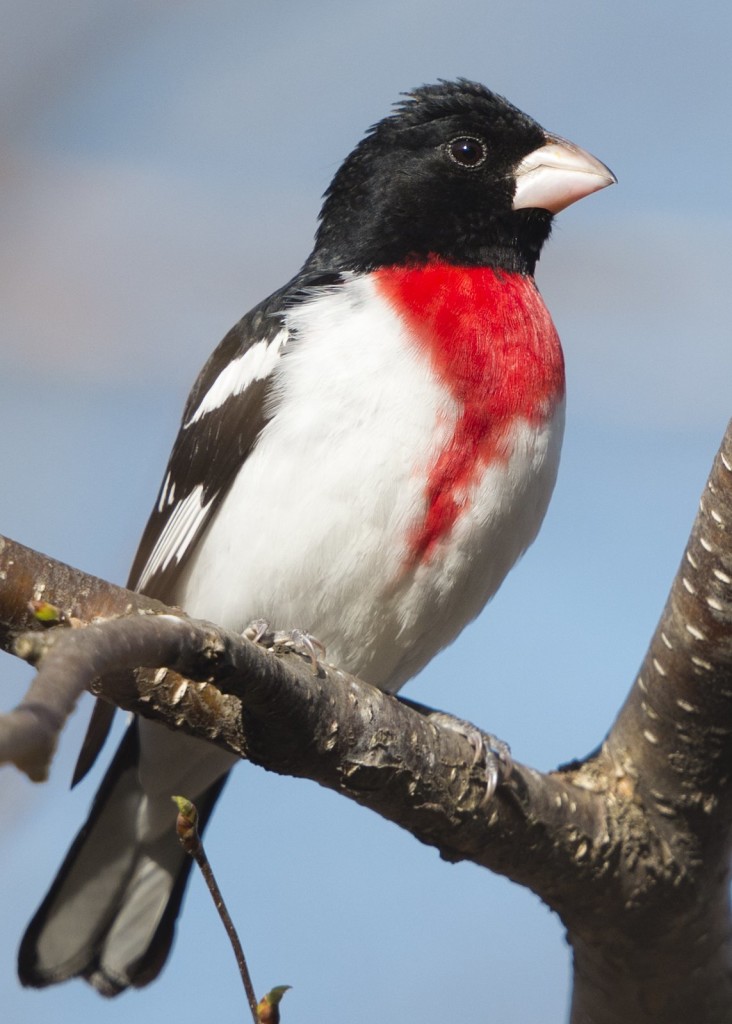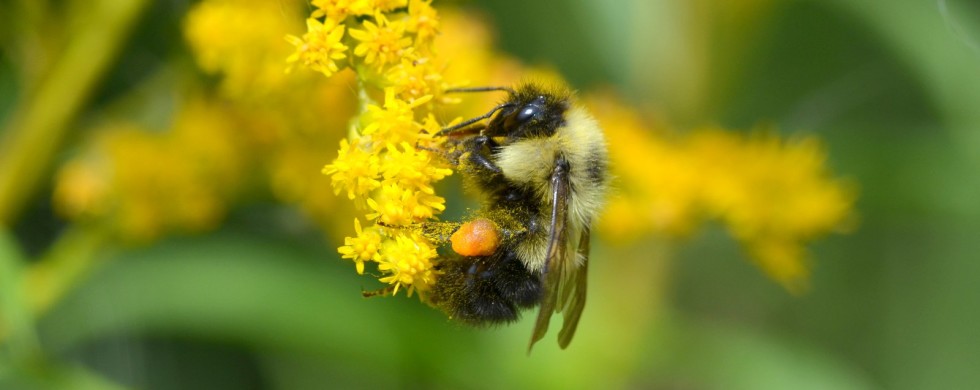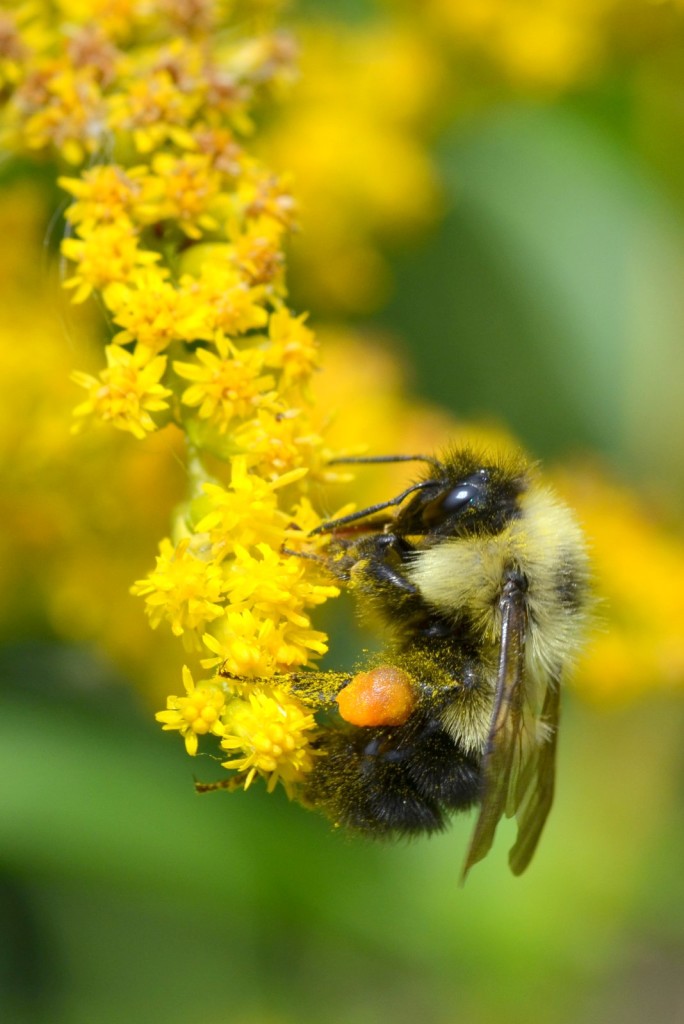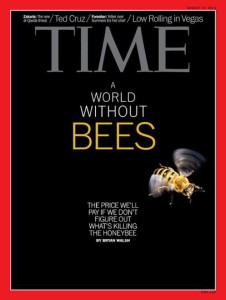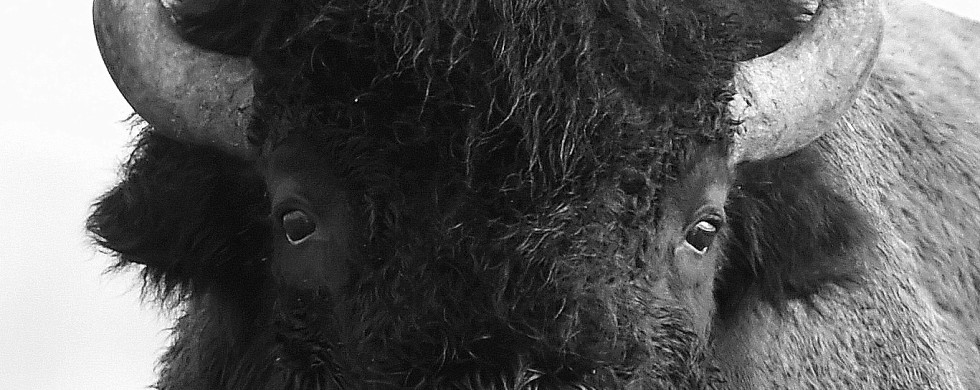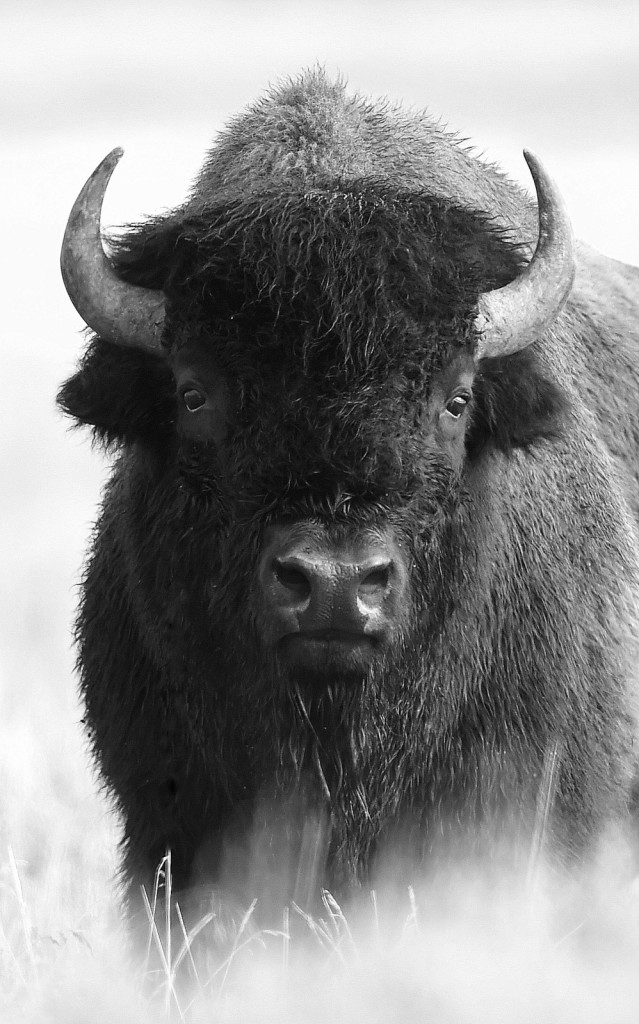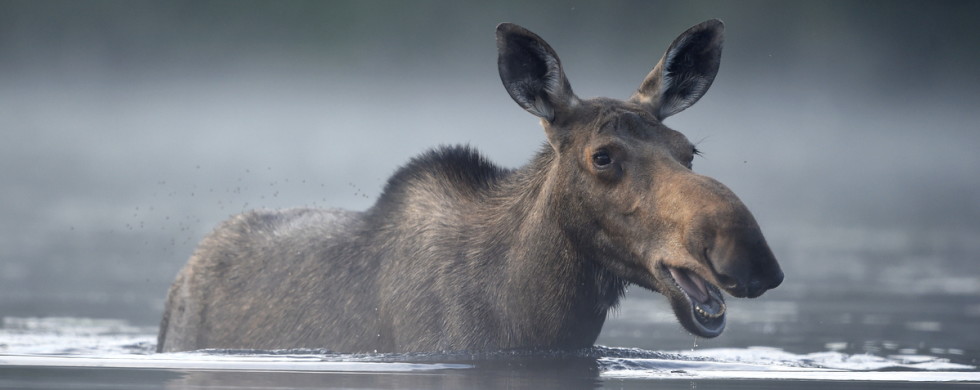30
Shot of the Month – November 2015
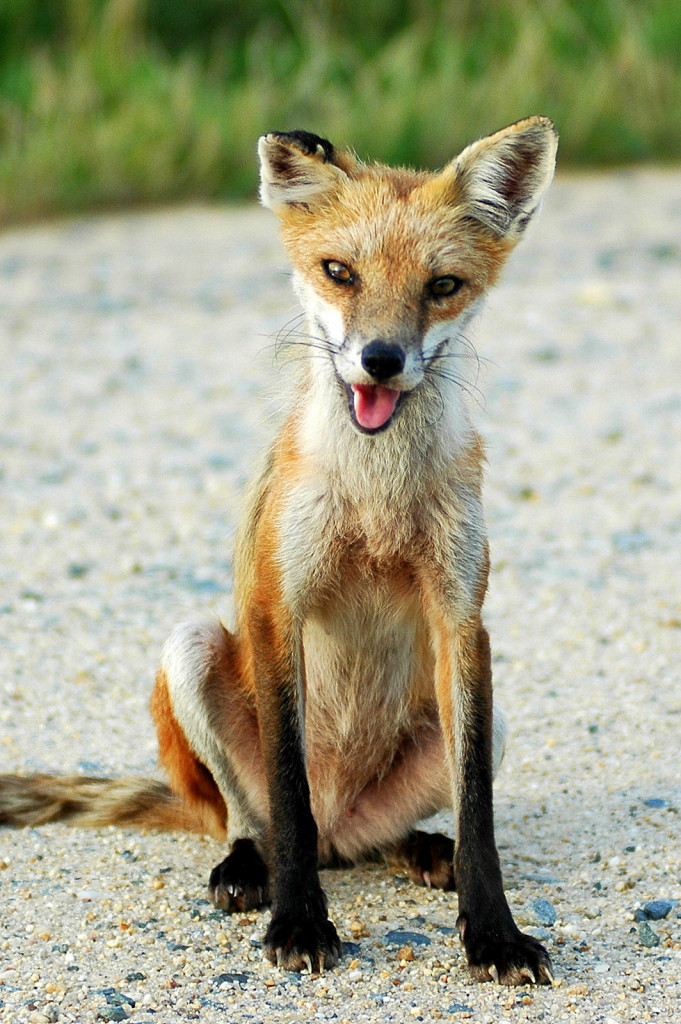 Could this be a wanted poster for one of nature’s craftier criminals? Or just a cute poster of a cuddly critter?
Could this be a wanted poster for one of nature’s craftier criminals? Or just a cute poster of a cuddly critter?
Just like a canine Jesse James, there is no shortage of tall tales that cast the fox’s character across the spectrum from saint to sinner and everything in between.
Regardless of your particular point of view, there is no disputing that humans are fascinated by this little fellow and use him as a foil for human fortitude and frailty alike.
Foxes got their first documented curtain call in 4 BC in Aesop’s fables in The Fox and the Grapes. Greek mythology engaged the Teumessian fox to devour children, and foxes appear in Celtic mythology as shapeshifters.
In Chinese, Japanese, and Korean (Kumiho) folklore foxes are powerful spirits that are known for their highly mischievous and cunning nature, often taking the form of female humans to seduce men.
In Arab folklore, the fox is weak and deceitful. In the Bible, the word “fox” is applied to false prophets (Ezekiel 13:4) and the hypocrisy of Herod Antipas (Luke 13:32). Foxes are very popular in Native American mythology and can be found in Achomawi, Yurok tribe, Inuit, and Menominee folk stories (But, you knew that…)
Our lexicon is riddled with foxy lingo.
- “fox/foxxy” = slang for someone with sex appeal
- “outfox” = means to beat in a competition of wits
- “vixen” = a female fox is called a vixen, it is also used to describe an attractive woman, though implies some questionable character traits…
- “shenanigan” = (as in deceitful confidence trick, or mischief) is derived from the Irish expression sionnachuighim, meaning “I play the fox”
In World War II, Erwin Rommel, the German commander in North Africa, was called the “Desert Fox” by his British adversaries, as a tribute to his operational cunning and skill.
I could go on and on. Foxes can be found on every continent except Antarctica and basically, just about every culture has assigned the fox archetype traits or powers. Foxes can be found in plays, novels, children’s books, TV shows, video games, movies, anime, music (Foxy Lady), opera, and well, just about everywhere. Go here to see an amazingly long and comprehensive list of all the cultural references through the ages.
Ahh, the crafty fox, the Dr. Who of the natural world….he is the lingua franca across countries, culture, time and space. And very cute.
Nikon D70, Nikkor 80-200 f/2.8 (@ 80mm), 1/1000s, ISO 200

